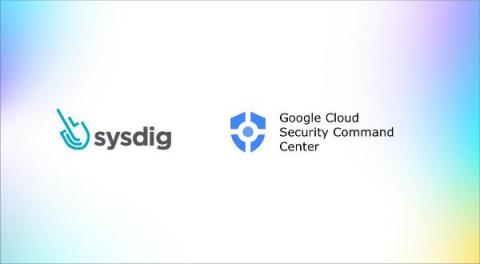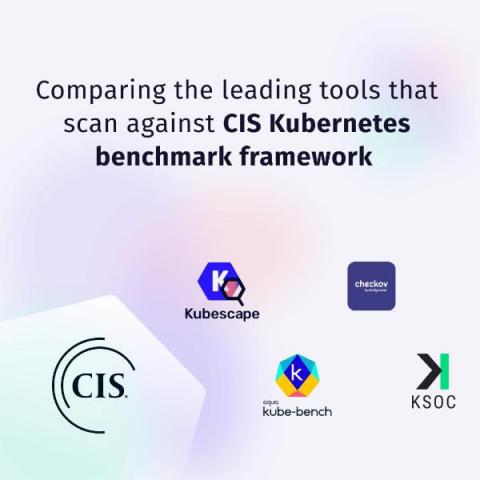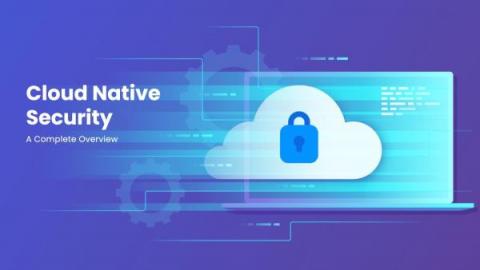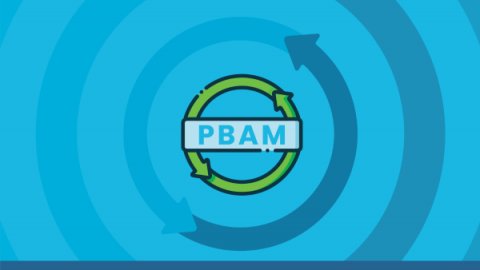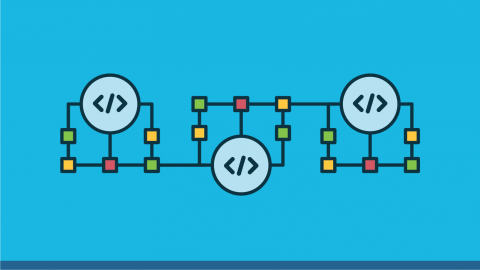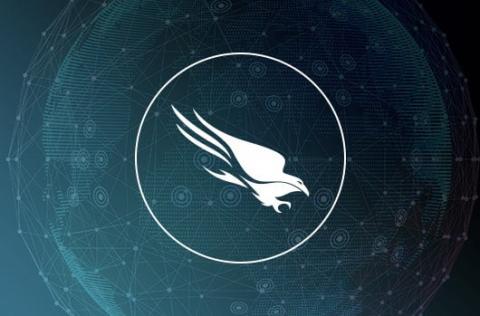Sysdig Secure and Google Security Command center Integration - Why, What, How
Sysdig is a premier Google Cloud Platform (GCP) partner and has been working with Google towards the common goal of supporting our customers and securing their cloud journey for the last seven years. Sysdig is focused on securing and monitoring workloads running on Google Cloud – including Google Kubernetes Engine (GKE), Autopilot, Anthos, and more. All these various elements of GCP can be protected using Google Security Command Center. Learn more about how to enhance your GCP security.


